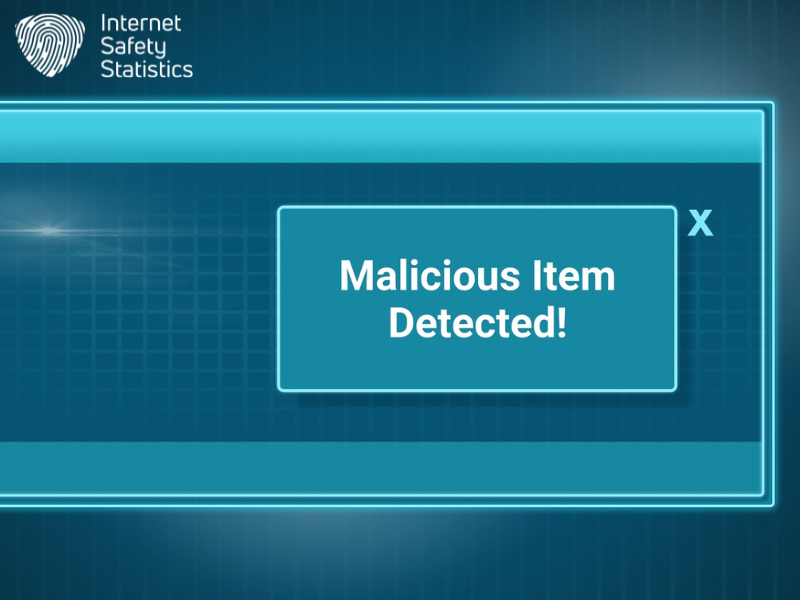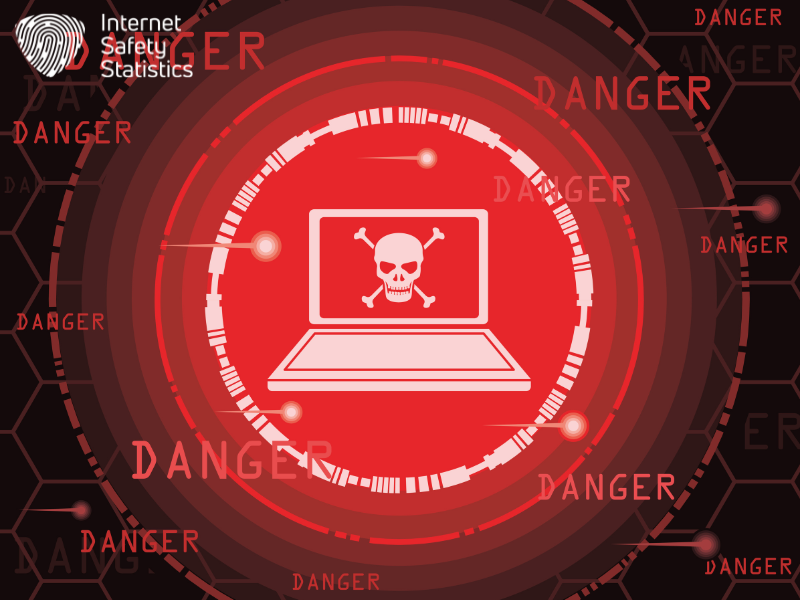When it comes to malware removal tools, SpeedFixTool and CCleaner are often regarded as two of the best options on the market. While both are effective at detecting and removing malware from your system, they have different approaches to the task.
Table of Contents
What are SpeedFixTool and CCleaner? SpeedFixTool and CCleanerx
SpeedFixTool and CCleaner are both software programs designed to optimise and improve the performance of Windows computers. They offer various features to clean up junk files, manage startup programs, fix registry errors, and potentially enhance overall system speed and functionality.

Overview of SpeedFixTool
SpeedFixTool is a more recent entrant to the PC optimisation market.
- Focus on speed and malware removal: It emphasises its ability to boost system speed and effectively remove malware threats.
Key features
- Junk file cleaner
- Registry cleaner
- Startup manager
- Malware removal
- Browser optimisation
- Driver updater
Overview of CCleaner
CCleaner has been around for a longer time and has a larger user base.
- Known for cleaning and optimisation: It’s widely recognised for its ability to clean up unnecessary files and optimise system settings.
Key features
- Junk file cleaner
- Registry cleaner
- Startup manager
- Software uninstaller
- Browser cleaning
- Duplicate file finder
- Disk analyser
How Do SpeedFixTool and CCleaner Work to Remove Malware?
While neither SpeedFixTool nor CCleaner are dedicated antivirus or antimalware programs, they have certain features that can aid in malware removal or prevention.

Malware Removal Process in SpeedFixTool
- Scanning: SpeedFixTool claims to scan your system for potential malware threats, including:
- Viruses
- Trojans
- Worms
- Spyware
- Adware
- Identification: It attempts to identify malicious files and registry entries based on its internal database.
- Quarantine or Removal: SpeedFixTool offers options to either quarantine suspicious files for further inspection or remove them directly.
- Registry Cleaning: It includes a registry cleaner that can potentially remove malware-related registry entries.
Malware Removal Process in CCleaner
- Cleanup of Potential Hosts: CCleaner focuses on cleaning up areas where malware often resides:
- Temporary files
- Browser cache and cookies
- Junk files
- Registry entries
- Uninstallation of Problematic Programs: Its uninstaller can assist in removing unwanted programs that might be associated with malware.
- Startup Management: Managing startup programs can prevent malware from automatically launching when you start your computer.
Note: Always rely on a dedicated antivirus program for comprehensive malware protection. Both tools can complement your antivirus software but shouldn’t replace it.
Key Features and Functions of SpeedFixTool and CCleaner
Here’s a breakdown of key features and functions in SpeedFixTool and CCleaner.

Registry Cleaning
Both tools offer registry cleaning capabilities:
- Aim to identify and remove invalid or obsolete registry entries.
- Potential to improve system performance and stability.
- Caution: Incorrect registry cleaning can cause system issues. Exercise caution and create backups.
Startup Program Management
Both allow you to manage startup programs:
- Disable unnecessary programs that automatically start with Windows.
- Help reduce system boot time and free up resources.
Browser History Cleaning
Both can clean browser history, cache, and cookies:
- Protect privacy and free up disk space.
Uninstalling Applications
CCleaner includes a built-in uninstaller:
- Removes programs completely, including leftover files and registry entries.
- SpeedFixTool doesn’t have a dedicated uninstaller feature.
Malware Scanning and Removal
SpeedFixTool claims to offer malware scanning and removal:
- Effectiveness might be limited compared to dedicated antivirus programs.
- Exercise caution and consider it a complementary tool.
CCleaner doesn’t have direct malware removal features:
- Focuses on cleaning up areas where malware often resides.
- It can indirectly aid in malware prevention.
| Feature | SpeedFixTool | CCleaner |
|---|---|---|
| Registry Cleaning | Yes | Yes |
| Startup Program Management | Yes | Yes |
| Browser History Cleaning | Yes | Yes |
| Uninstalling Applications | No | Yes |
| Malware Scanning and Removal | Yes (claims) | No (indirectly) |
| Driver Updater | Yes | No |
| Browser Optimization | Yes | Yes |
| Duplicate File Finder | No | Yes |
| Browser Optimisation | No | Yes |
| File Recovery | No | Yes |
| Price | Freemium (paid Pro version) | Free |
| User Interface | Simple and intuitive | Disk Analyser |
| Reputation | Emerging player | Established and widely used |
Performance Comparison: SpeedFixTool and CCleaner
When comparing SpeedFixTool and CCleaner, both tools offer efficient virus removal capabilities. However, in terms of performance, SpeedFixTool stands out for its faster scanning and fixing process. Users have reported that SpeedFixTool is able to identify and remove viruses more quickly than CCleaner. Additionally, SpeedFixTool’s user interface is user-friendly and easy to navigate, making it a preferred choice for those looking for a fast and efficient virus removal tool.
Impact on System Speed and Performance
- SpeedFixTool: Claims significant performance boosts through junk file removal, registry cleaning, and startup optimisation. However, independent testing often shows minimal to moderate gains, and improper use can lead to instability.
- CCleaner: Offers noticeable improvements in boot times and resource usage by cleaning temporary files and managing startup programs. Its impact on overall system speed might be less pronounced but more reliable.
Effectiveness in Malware Removal
- SpeedFixTool: While it boasts malware scanning and removal, its capabilities are likely limited compared to dedicated antivirus programs. Its effectiveness against advanced threats remains questionable.
- CCleaner: It doesn’t directly remove malware but helps by cleaning potential malware havens like browser caches and temporary files. However, it shouldn’t be your primary defence against malicious software.
User Interface and Ease of Use
- SpeedFixTool: Features a simple and intuitive interface with straightforward controls, suitable for beginner users.
- CCleaner: Offers a more sophisticated and customisable interface with advanced options for experienced users. It can be slightly less intuitive for novices.
Additional Utilities and Tools
- SpeedFixTool: Includes features like driver updates and browser optimisation, offering a broader range of tools.
- CCleaner: Provides valuable utilities like file recovery and duplicate file finder, focusing on system maintenance and cleanup.
Compatibility with Operating Systems
- Both SppedFixTool and CCleaner support Windows 10 and 11. Older versions of Windows might have compatibility limitations.
Recommendation
- Choose SpeedFixTool if You prioritise ease of use and want a simple tool for basic optimisation and potential malware detection (albeit with limitations).
- Choose CCleaner if you value reliability and advanced features like file recovery and duplicate file finder, and you prefer a more customisable interface. Remember, it provides indirect malware prevention, not full-fledged protection.
| Feature | SpeedFixTool | CCleaner |
|---|---|---|
| System Speed Boost | Claims significant improvements, but independent tests often show moderate gains. | Offers noticeable improvements in boot times and resource usage. |
| Impact on Performance | Can vary depending on system configuration and usage patterns. | Generally reliable and consistent in its impact. |
| Registry Cleaning | It can vary depending on system configuration and usage patterns. | Includes a registry cleaner, but use it with caution and create backups. |
| Startup Optimisation | Offers startup program management to reduce boot time. | Provides similar startup management features. |
| Overall Performance Impact | Potential for noticeable improvements, but results can be inconsistent. | Typically delivers reliable and noticeable performance gains. |
Additional Considerations
- User Experience: SpeedFixTool might have a slight edge in terms of perceived speed improvements due to its emphasis on cleaning and optimisation.
- Long-Term Effects: CCleaner’s focus on maintenance and stability might lead to better long-term performance.
- Individual Results: The actual performance impact will vary based on individual systems and usage patterns.
- Independent Testing: Refer to independent test results for unbiased assessments of performance gains.
Final Verdict: Which Tool is the Best for Malware Removal?
Here’s a comprehensive breakdown to help you choose between SpeedFixTool and CCleaner:
Scenario-Based Recommendations
- Everyday user: Use a dedicated antivirus program as your primary defence and choose CCleaner for system maintenance and cleaning. SpeedFixTool can be considered for additional optimisation and potential malware detection (with limitations).
- Tech-savvy user: You might find CCleaner’s advanced features and customisation options more appealing. Consider SpeedFixTool’s driver updates and browser optimisation if they align with your needs.
- Budget-conscious user: Both tools offer free versions, but CCleaner provides more features and functionality.
Considerations for Advanced Users
- Registry cleaning: Use caution with both tools’ registry cleaners. Back up your registry before making changes.
- Independent testing: Look for independent test results to assess real-world performance and malware detection effectiveness.
- Third-party software: Be mindful of additional software installations bundled with the tools.
Security and Privacy Factors
- Data collection: Review each tool’s privacy policy to understand how your data is collected and used.
- Reputation: Choose established and reputable companies with a proven track record of security and privacy.
- Updates: Ensure the tool you choose receives regular updates to address security vulnerabilities.
Customer Support and Updates
- Availability: Consider the level of customer support offered, including chat, email, and phone options.
- Update frequency: Regular updates are crucial for maintaining security and performance. Check each tool’s update schedule.
Overall Suitability for Different User Types
- Beginners: SpeedFixTool’s simple interface and basic optimisation features might be easier to navigate.
- Intermediate users: Both tools offer features catering to this group, depending on their specific needs and preferences.
- Advanced users: CCleaner’s advanced options and additional utilities might be more appealing.
| Feature | SpeedFixTool | CCleaner |
|---|---|---|
| Primary Function | Basic optimisation & potential malware detection (limited) | System cleaning & maintenance (indirectly helps prevent malware) |
| Malware Removal Effectiveness | Limited capabilities compared to dedicated antivirus programs | Emerging player data collection practices might require a review |
| User Interface & Ease of Use | Simple & intuitive, suitable for beginners | Basic optimisation & potential malware detection (limited) |
| Additional Utilities & Tools | Not recommended as a primary defence, consider it alongside antivirus | More sophisticated & customisable, better for tech-savvy users |
| Security & Privacy | Emerging player data collection practices, might require a review | Established & reputable company, regularly updated |
| Customer Support & Updates | Limited options, primarily email & online resources | More comprehensive support channels, including chat & phone |
| Overall Suitability for Malware Removal | File recovery, duplicate file finder, disk analyser | Offers indirect prevention, not suitable for sole protection |
Conclusion
While neither tool is a complete standalone solution for malware removal, they can offer valuable features alongside a dedicated antivirus program. Choose the tool that best aligns with your needs, usage scenario, and technical expertise. Remember to prioritise security and privacy when making your decision.
